Dining room signs are a unique and stylish way to add personality and ambiance to your dining space. Whether you’re looking for a rustic touch, a modern statement piece, or a vintage-inspired accent, there’s a dining room sign out there to suit your taste.
In this guide, we’ll explore the different styles, materials, and customization options available for dining room signs. We’ll also provide tips on placement, design elements, lighting, installation, and maintenance. So, let’s dive in and create a dining room that’s both stylish and inviting!
Dining Room Signage Styles
Dining room signs can enhance the ambiance of your dining space, providing both style and functionality. Explore the diverse range of styles available to find the perfect match for your decor.
From rustic charm to modern elegance, vintage appeal to minimalist chic, each style offers a unique character.
Rustic Style
Embrace the warmth and coziness of rustic dining room signs. Crafted from natural materials like wood or metal, these signs often feature distressed finishes, intricate carvings, and earthy tones.
Examples include:
- Reclaimed wood signs with hand-painted lettering
- Metal signs with embossed designs and aged patina
- Chalkboard signs with wooden frames and twine accents
Materials for Dining Room Signs
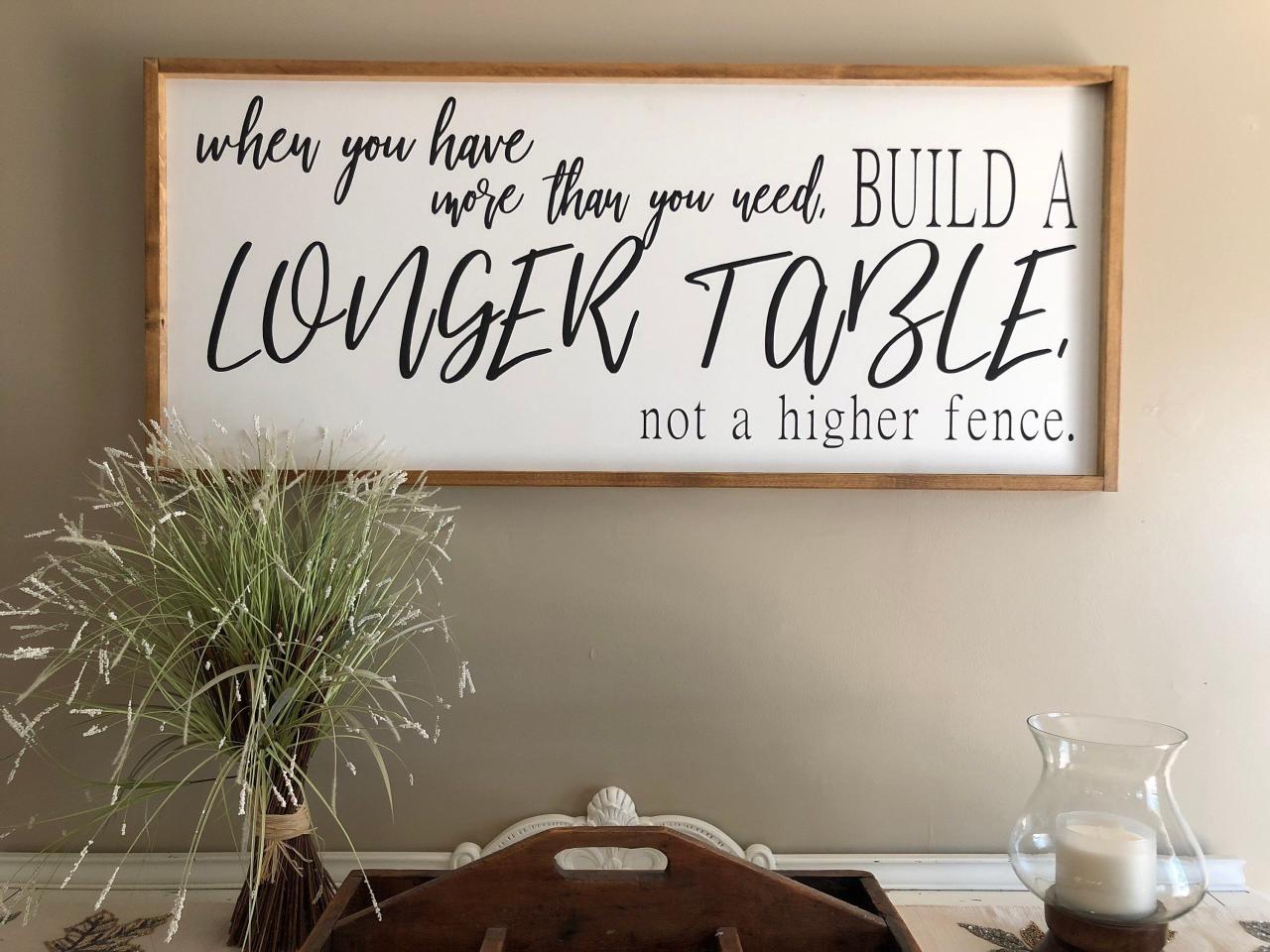
The material you choose for your dining room sign will depend on several factors, including the style of your dining room, the size of the sign, and your budget.
Here are some of the most popular materials used for dining room signs:
Wood
- Wood is a classic choice for dining room signs, and it can be stained or painted to match any décor.
- Wood signs are relatively inexpensive and easy to make, and they can be customized to any size or shape.
- However, wood signs can be susceptible to warping and fading over time, especially if they are not properly sealed.
Metal
- Metal signs are another popular choice for dining room signs, and they are available in a variety of finishes, including brushed aluminum, stainless steel, and copper.
- Metal signs are durable and long-lasting, and they are not susceptible to warping or fading.
- However, metal signs can be more expensive than wood signs, and they can be difficult to customize.
Acrylic
- Acrylic is a lightweight and shatter-resistant material that is often used for dining room signs.
- Acrylic signs are available in a variety of colors and finishes, and they can be customized to any size or shape.
- However, acrylic signs can be scratched easily, and they can be more expensive than wood or metal signs.
Glass
- Glass is a beautiful and elegant material that can be used for dining room signs.
- Glass signs are available in a variety of colors and finishes, and they can be customized to any size or shape.
- However, glass signs are fragile and can be easily broken.
Customization Options for Dining Room Signs
Customization is key to creating dining room signs that perfectly complement your décor and ambiance. From size and shape to color and font, the options are endless.
Size and Shape
The size and shape of your sign will depend on the available space and the overall design of your dining room. Smaller signs are suitable for intimate settings, while larger signs can make a bold statement in grand spaces. Consider the shape of your dining table or other furniture to choose a sign that complements the overall aesthetic.
Color
The color of your sign can set the tone for your dining room. Neutral colors like white or black create a classic look, while brighter colors can add a touch of vibrancy. Choose a color that complements the existing décor or creates a desired ambiance, such as a warm and inviting atmosphere.
Font
The font of your sign can convey a specific style or message. Elegant fonts, such as script or serif fonts, create a sophisticated look, while modern fonts, such as sans-serif fonts, offer a more contemporary aesthetic. Consider the overall style of your dining room and the message you want to convey when choosing a font.
Placement of Dining Room Signs
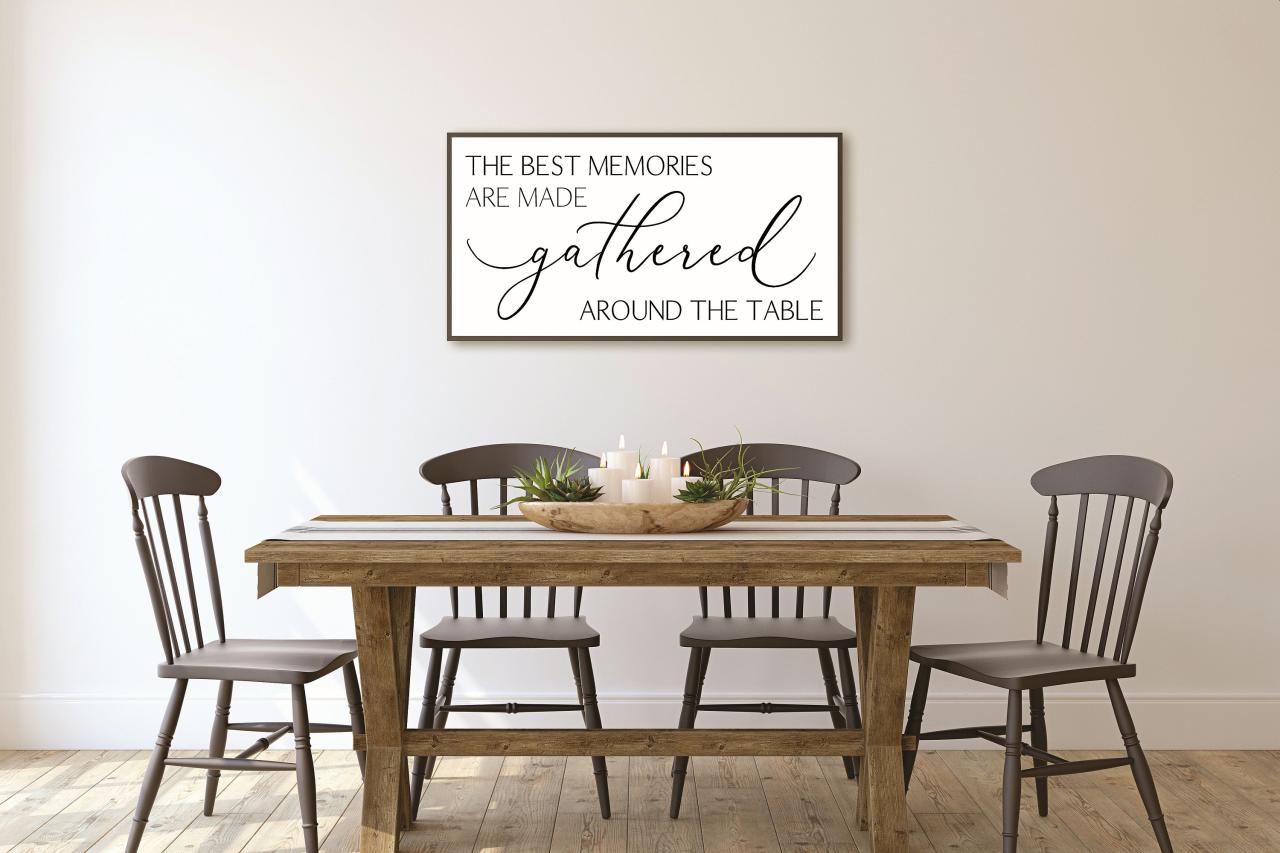
The strategic placement of dining room signs is crucial for ensuring optimal visibility, accessibility, and aesthetic appeal. By considering these factors, you can create a signage system that effectively guides guests and enhances the overall dining experience.
When placing dining room signs, keep in mind the following best practices:
- Visibility:Signs should be placed in highly visible locations where they can be easily seen by guests. Consider the flow of traffic and the typical sightlines within the dining room.
- Accessibility:Signs should be placed at a comfortable height and within easy reach for guests to read. Avoid placing signs too high or in obstructed areas.
- Aesthetics:Signs should complement the overall design and ambiance of the dining room. Choose materials, colors, and fonts that align with the restaurant’s branding and create a cohesive visual experience.
Placement Examples
The optimal placement of dining room signs varies depending on the size and layout of the room. Here are some examples of effective sign placement in different types of dining rooms:
- Small dining rooms:Place a single sign near the entrance to clearly indicate the dining area. Consider using a wall-mounted sign or a tabletop sign.
- Large dining rooms:Divide the dining room into sections and place signs at the entrance to each section. This helps guests navigate the room and find their table.
- Outdoor dining areas:Place signs at the entrance to the outdoor area and at strategic locations within the space to guide guests to available tables.
Design Elements for Dining Room Signs
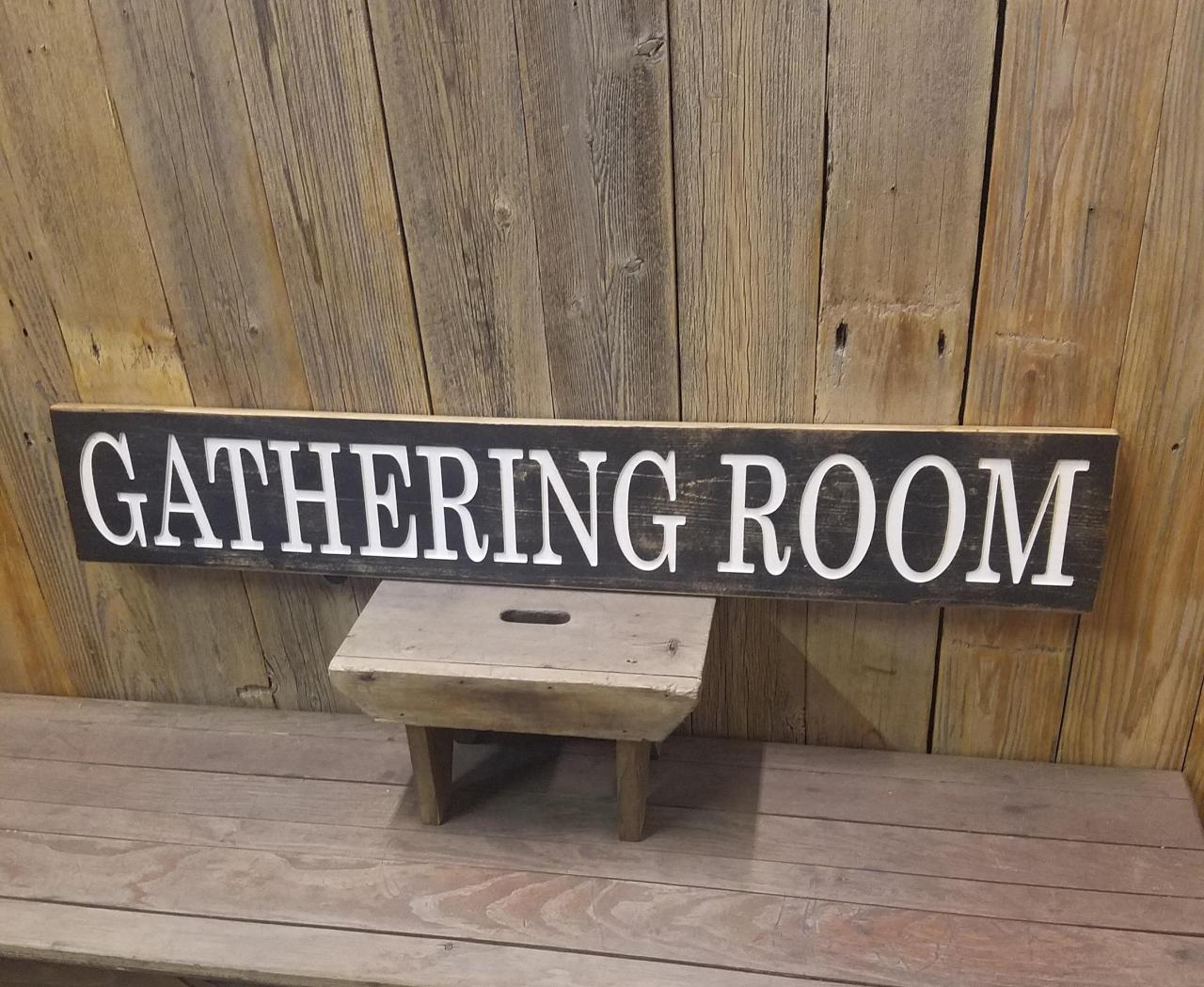
Dining room signs play a crucial role in setting the ambiance and providing essential information to diners. Their design elements significantly impact the overall visual appeal and effectiveness of the sign. Here are some key design considerations to keep in mind:
Typography:
The choice of font and text style can greatly influence the readability, tone, and personality of the sign. Select fonts that are easy to read from a distance, and consider the size and weight of the text to ensure it’s visible and legible.
The font style should complement the overall aesthetic of the dining room and match the intended message.
Imagery:
Images can add visual interest and enhance the impact of the sign. Consider using photographs, illustrations, or graphic elements that align with the theme of the dining room or the specific message being conveyed. High-quality images that are relevant and visually appealing can draw attention and create a lasting impression.
Layout:
The arrangement of the text, imagery, and other elements on the sign is crucial for creating a balanced and cohesive design. Consider the flow of information, ensuring that the most important elements are prominently displayed and easily accessible. Use white space effectively to create visual separation and improve readability.
A well-planned layout enhances the overall impact and ensures the sign conveys its message effectively.
Lighting for Dining Room Signs
Lighting plays a crucial role in enhancing the visibility and aesthetics of dining room signs. By choosing the appropriate lighting options, you can ensure that your sign is easily seen and makes a lasting impression on your guests.
There are several lighting options available for dining room signs, each with its own advantages and disadvantages.
Natural Light
Natural light is the most cost-effective and energy-efficient lighting option. It can provide ample illumination during the day, especially if the sign is placed in a well-lit area. However, natural light can be inconsistent, and it may not be sufficient during evening hours or in areas with limited natural light.
Artificial Light
Artificial light can be used to supplement natural light or provide illumination in areas with limited natural light. There are a variety of artificial lighting options available, including incandescent, fluorescent, and LED lights. Each type of light has its own advantages and disadvantages, so it is important to choose the right one for your needs.
Backlighting
Backlighting is a technique that involves placing a light source behind the sign. This can create a dramatic effect, making the sign appear to glow. Backlighting is often used for signs that are placed in dark areas or that need to be visible from a distance.
When choosing lighting for your dining room sign, it is important to consider the following factors:
- The size and location of the sign
- The amount of natural light available
- The desired effect
By carefully considering these factors, you can choose the right lighting option to enhance the visibility and aesthetics of your dining room sign.
Installation of Dining Room Signs
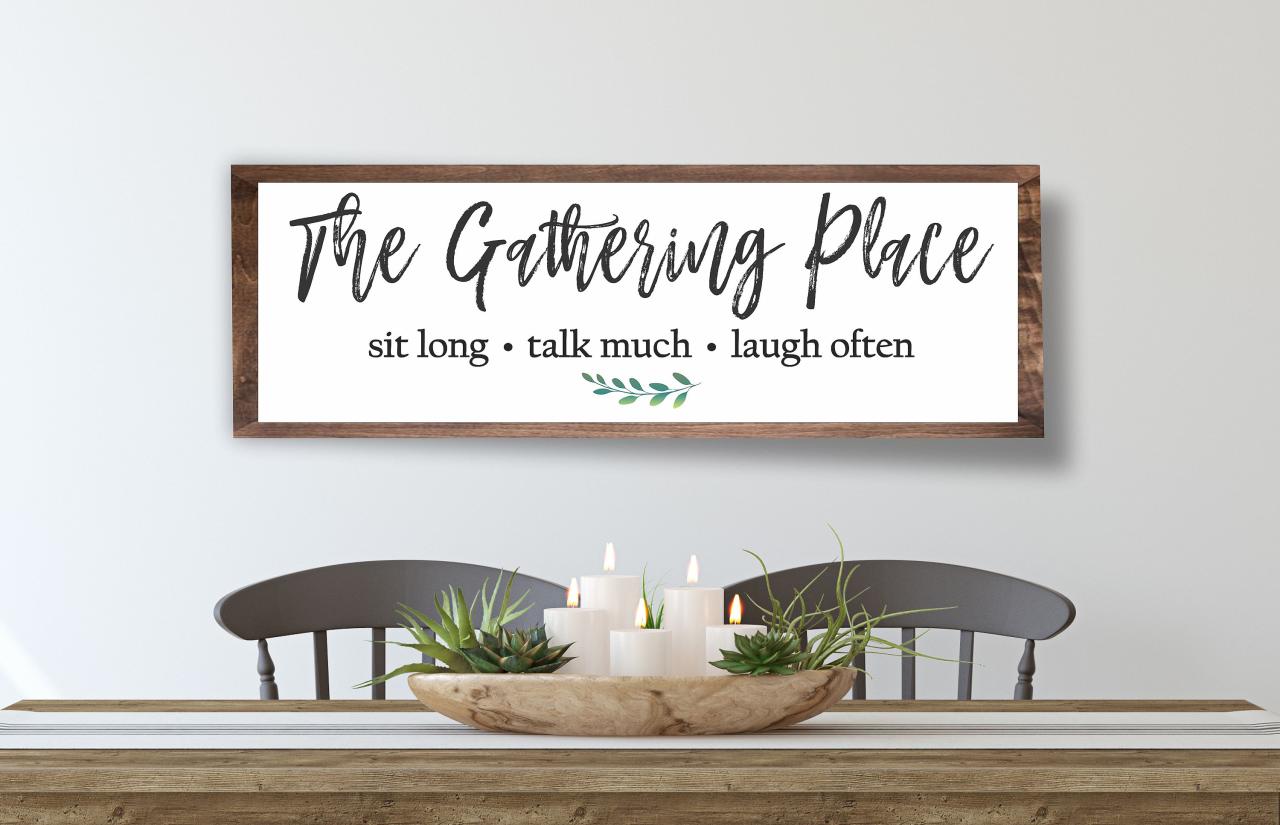
Installing dining room signs is a straightforward process that can be completed in a few simple steps. However, it is important to take into account the type of sign and the materials used when choosing a mounting method. Safety precautions should also be followed to ensure a secure and hazard-free installation.
Mounting Methods
The most common mounting methods for dining room signs include:
- Adhesive tape:Suitable for lightweight signs made of materials such as acrylic or plastic.
- Screws or nails:Ideal for heavier signs made of wood, metal, or glass.
- Magnetic strips:Can be used to attach signs to metal surfaces without drilling holes.
- Hanging wires:Allow signs to be suspended from the ceiling or walls.
Safety Precautions
When installing dining room signs, it is important to follow these safety precautions:
- Wear appropriate safety gear, such as gloves and safety glasses.
- Use a ladder or step stool to reach high places safely.
- Ensure that the sign is securely mounted and will not fall or become loose.
- Do not install signs in areas where they could obstruct traffic or create a hazard.
Maintenance and Care for Dining Room Signs
Proper maintenance and care are essential to ensure the longevity and appearance of dining room signs. Regular cleaning and preventive measures can significantly extend the lifespan of these signs.To clean dining room signs, use a soft, damp cloth and a mild cleaning solution.
Avoid using harsh chemicals or abrasive materials, as they can damage the sign’s surface. Wipe the sign gently in a circular motion, removing any dirt or debris. After cleaning, use a dry cloth to wipe the sign and remove any excess moisture.To
prevent damage to dining room signs, avoid exposing them to extreme temperatures or moisture. Keep the signs away from direct sunlight, as prolonged exposure can cause fading or discoloration. Additionally, avoid placing the signs in areas with high humidity, as moisture can cause the signs to warp or deteriorate.
Cost Considerations for Dining Room Signs
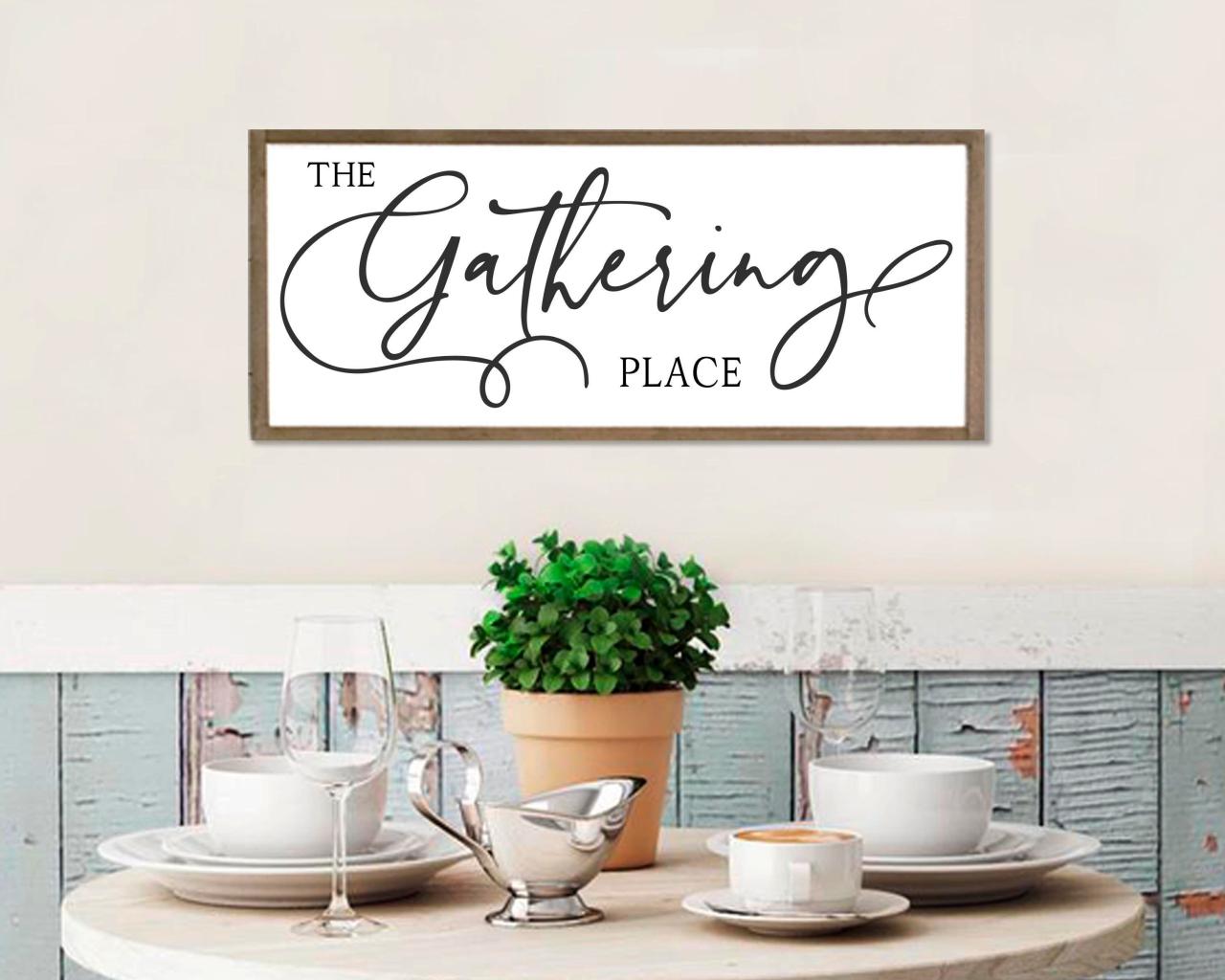
The cost of dining room signs varies depending on several factors, including size, material, customization, and installation. Here’s a breakdown of these factors and their impact on cost:
Size
- Larger signs generally cost more than smaller signs due to increased material and labor requirements.
Material
- Different materials have different costs, with acrylic and wood being relatively inexpensive, while metal and neon signs tend to be more expensive.
Customization
- Custom-designed signs, including unique shapes, colors, and graphics, will typically cost more than standard signs.
Installation
- The cost of installation depends on the complexity of the installation process and the location of the sign.
As a general estimate, the cost of dining room signs can range from $100 to $1,000 or more, depending on the factors discussed above.
Trends in Dining Room Signs
The world of dining room signs is constantly evolving, reflecting the changing preferences of consumers and the evolution of design aesthetics. Here are some of the latest trends in dining room sign design and usage:
Personalized Signs
Diners are increasingly looking for personalized experiences, and this trend is reflected in the rise of custom dining room signs. These signs can feature the restaurant’s logo, name, or a unique design that reflects the establishment’s personality. Custom signs can also be used to create a more intimate and welcoming atmosphere.
Digital Signage
Digital signage is becoming increasingly popular in dining rooms, as it offers a number of advantages over traditional static signs. Digital signs can be easily updated to reflect changes in the menu, specials, or other information. They can also be used to display videos or images that can help to create a more engaging dining experience.
Illuminated Signs
Illuminated signs are a great way to draw attention to your dining room and create a more inviting atmosphere. These signs can be used to highlight the restaurant’s name, logo, or a special promotion. Illuminated signs can also be used to create a more dramatic effect, such as by using neon or LED lights.
Eco-Friendly Signs, Dining room signs
As consumers become more environmentally conscious, there is a growing demand for eco-friendly dining room signs. These signs are made from sustainable materials, such as recycled wood or bamboo. Eco-friendly signs can help to reduce the restaurant’s environmental impact and appeal to environmentally conscious customers.
Examples of Creative and Unique Dining Room Signs
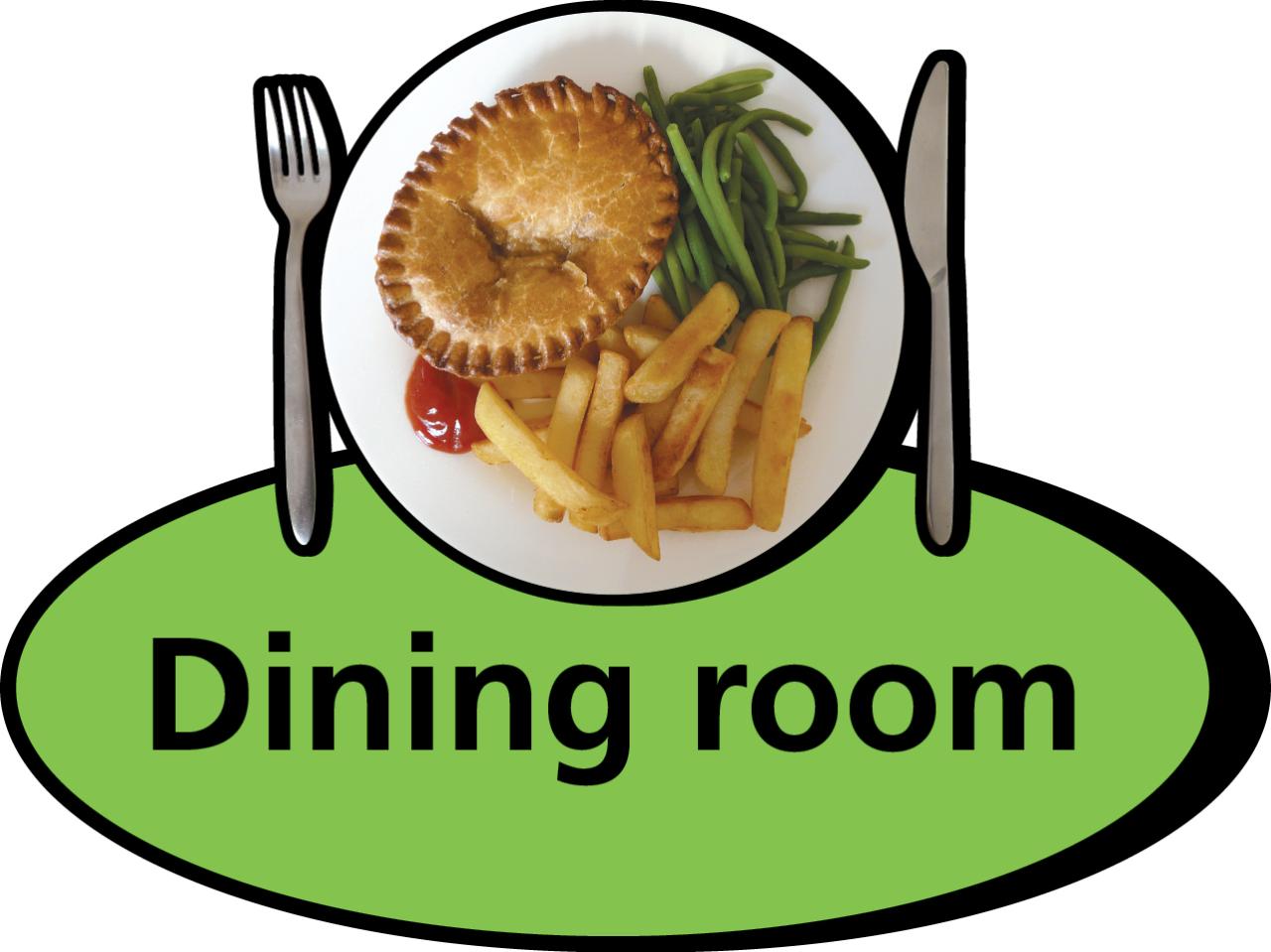
Dining room signs can be more than just functional. They can be works of art that reflect your personal style and create a welcoming atmosphere for your guests. Here are a few examples of creative and unique dining room signs that will inspire you to think outside the box:
Hand-painted Chalkboard Sign
A hand-painted chalkboard sign is a classic way to add a touch of whimsy to your dining room. You can change the message on the sign as often as you like, so it’s a great way to keep your guests entertained.
Neon Sign
A neon sign is a bold and eye-catching way to announce your dining room. You can choose from a variety of colors and fonts to create a sign that is uniquely your own.
Vintage Sign
A vintage sign can add a touch of nostalgia to your dining room. Look for signs that are made from metal, wood, or glass. You can find vintage signs at flea markets, antique stores, or online.
Personalized Sign
A personalized sign is a great way to make your dining room feel special. You can have a sign made with your family name, a favorite quote, or a special message. You can also choose from a variety of materials and finishes to create a sign that is perfect for your home.
DIY Sign
If you’re feeling creative, you can make your own dining room sign. There are a variety of tutorials available online that can show you how to make a sign from scratch. You can use materials like wood, metal, or even fabric to create a sign that is unique and personal.
Outcome Summary
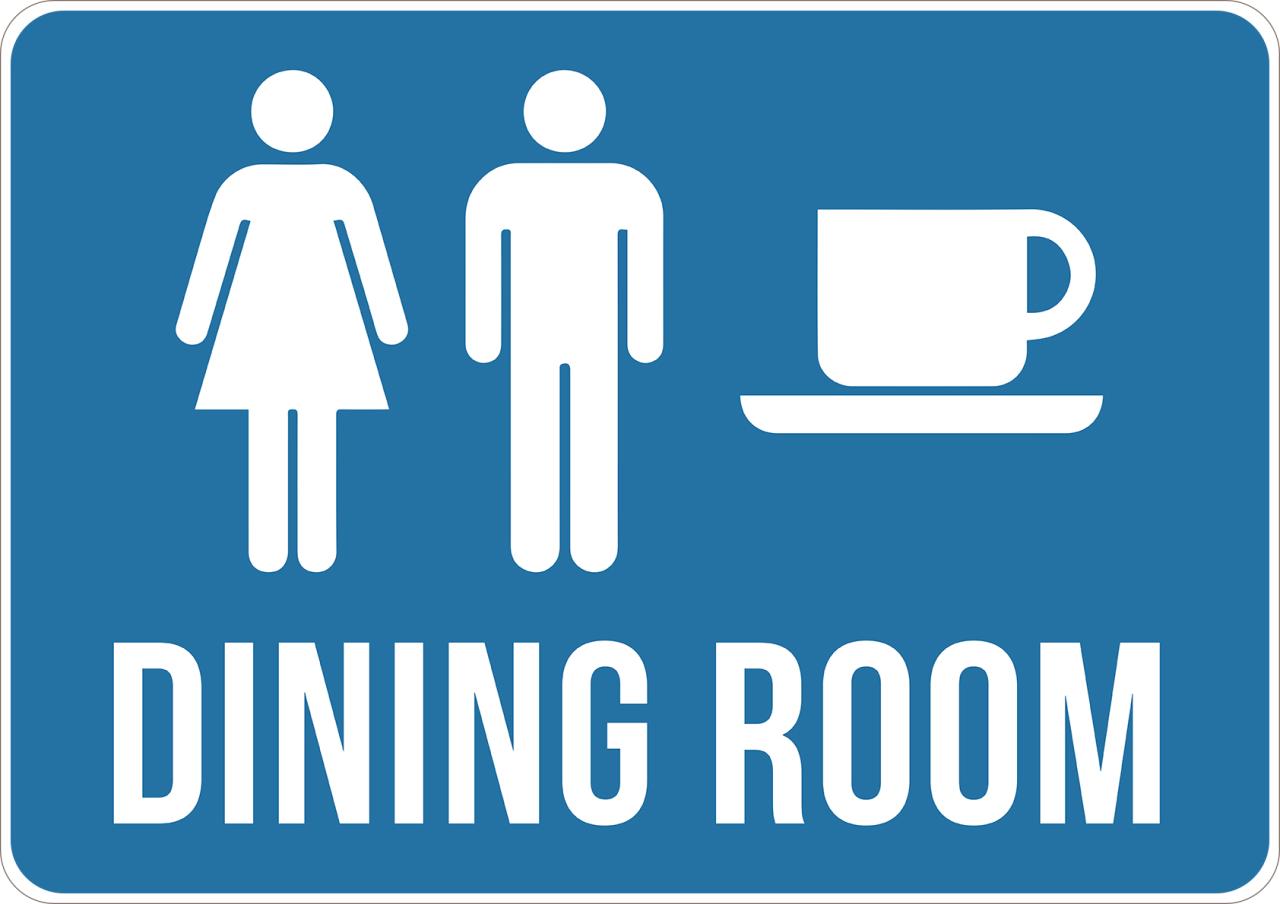
Dining room signs are more than just decorative pieces; they’re an opportunity to express your personality and create a space that’s both functional and inviting. By following the tips and advice in this guide, you can choose the perfect dining room sign to complement your decor and make your dining experience even more enjoyable.
